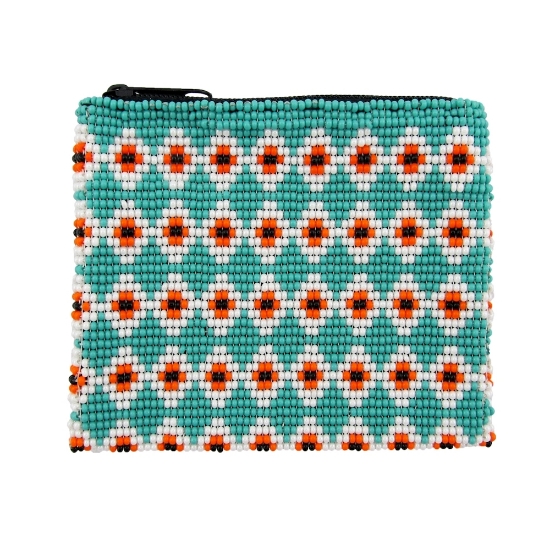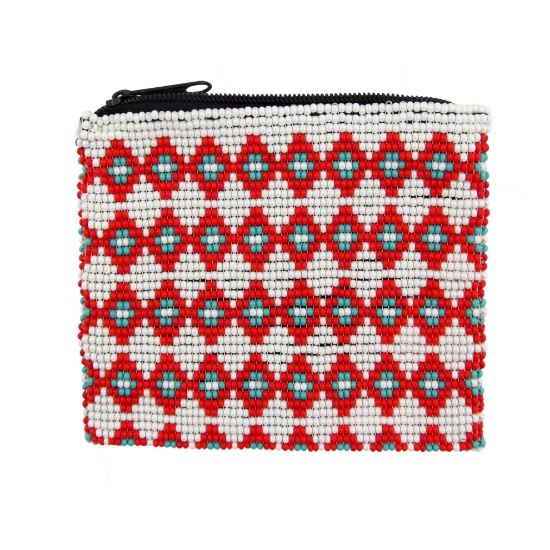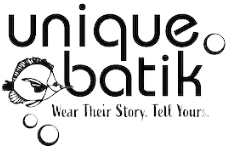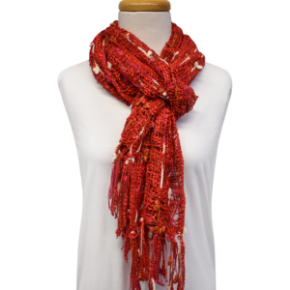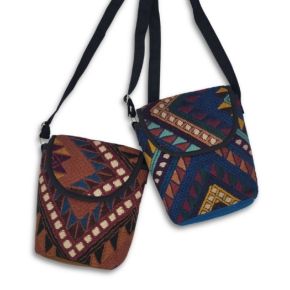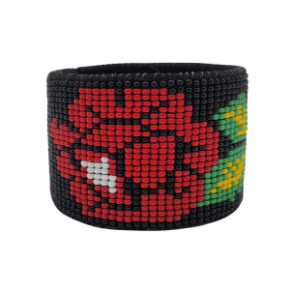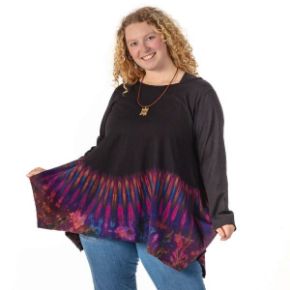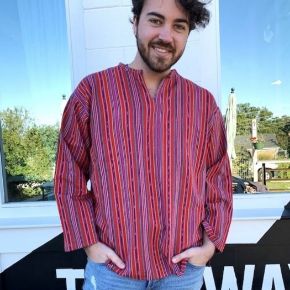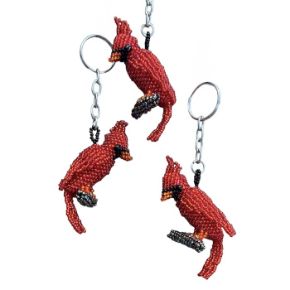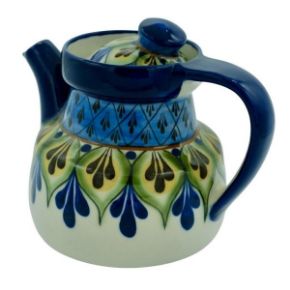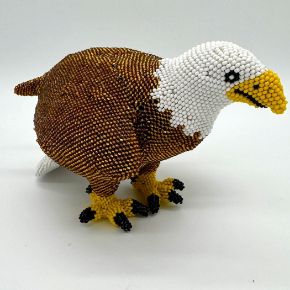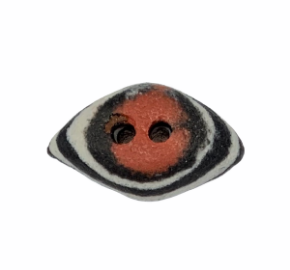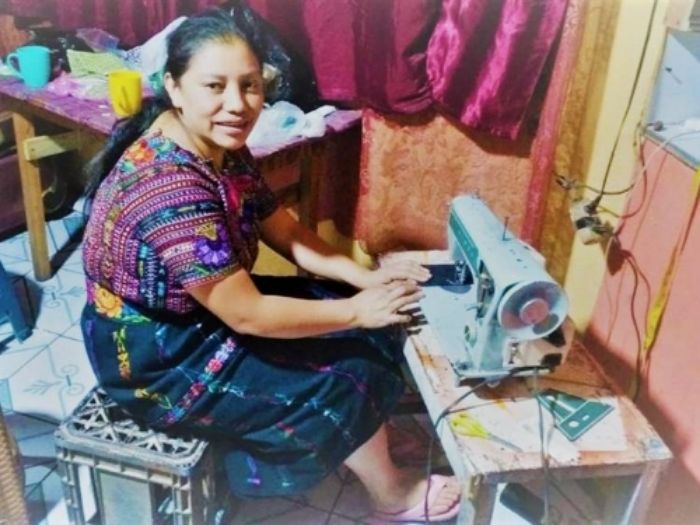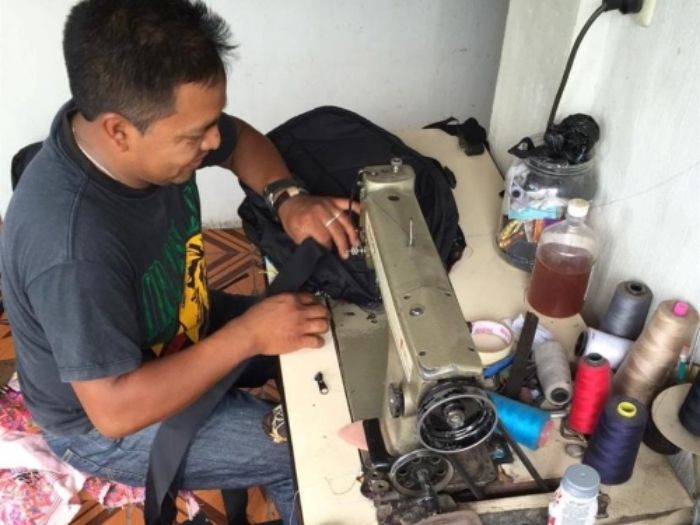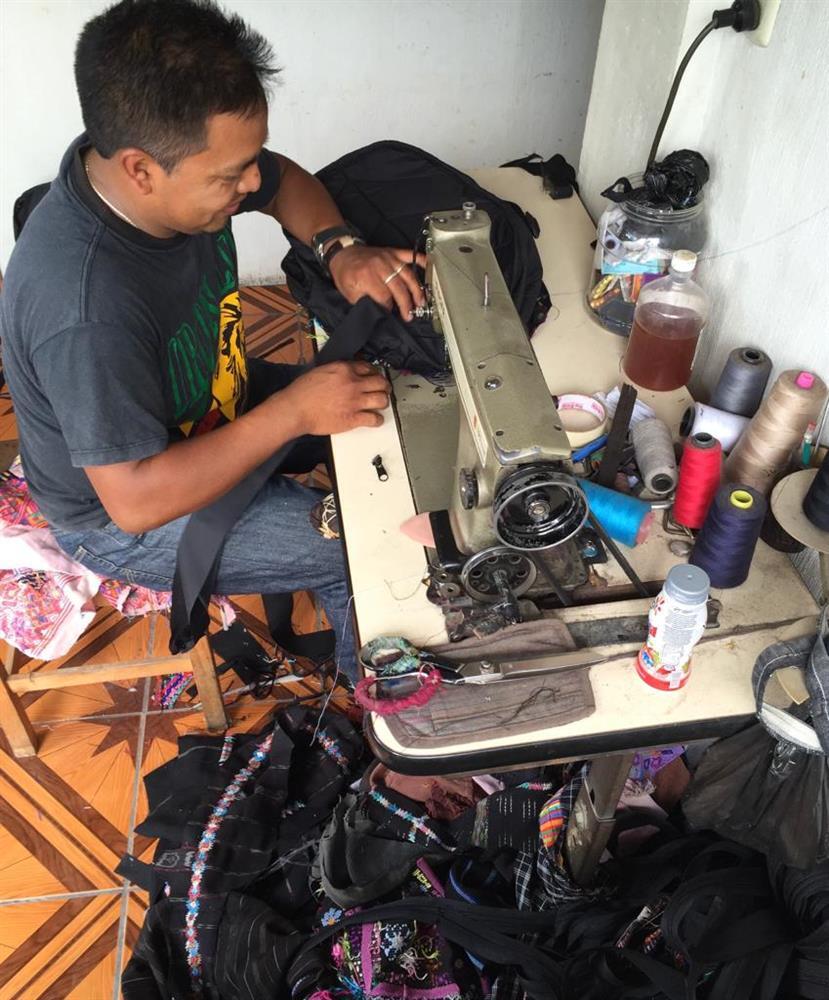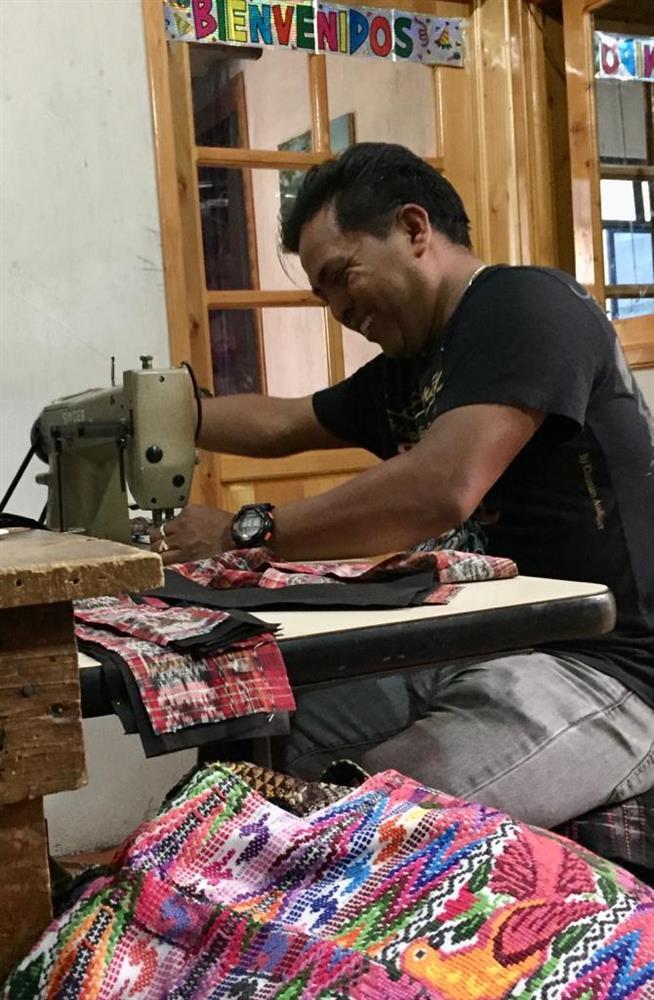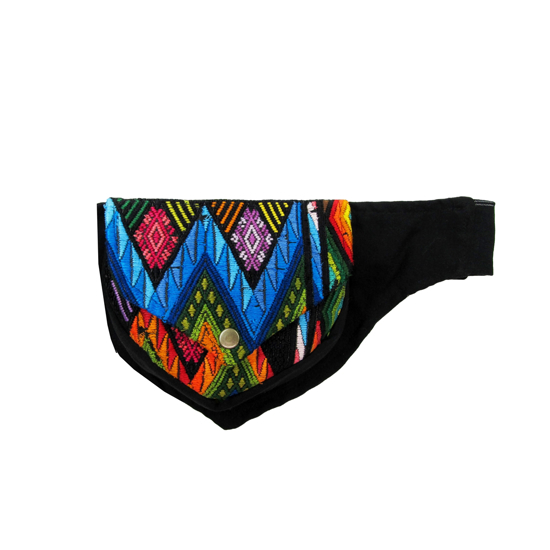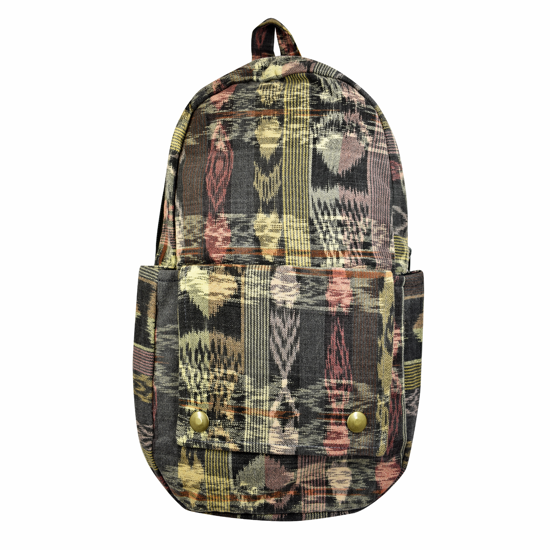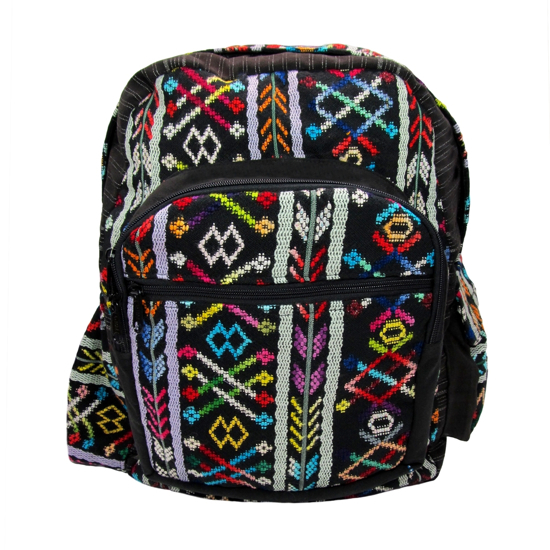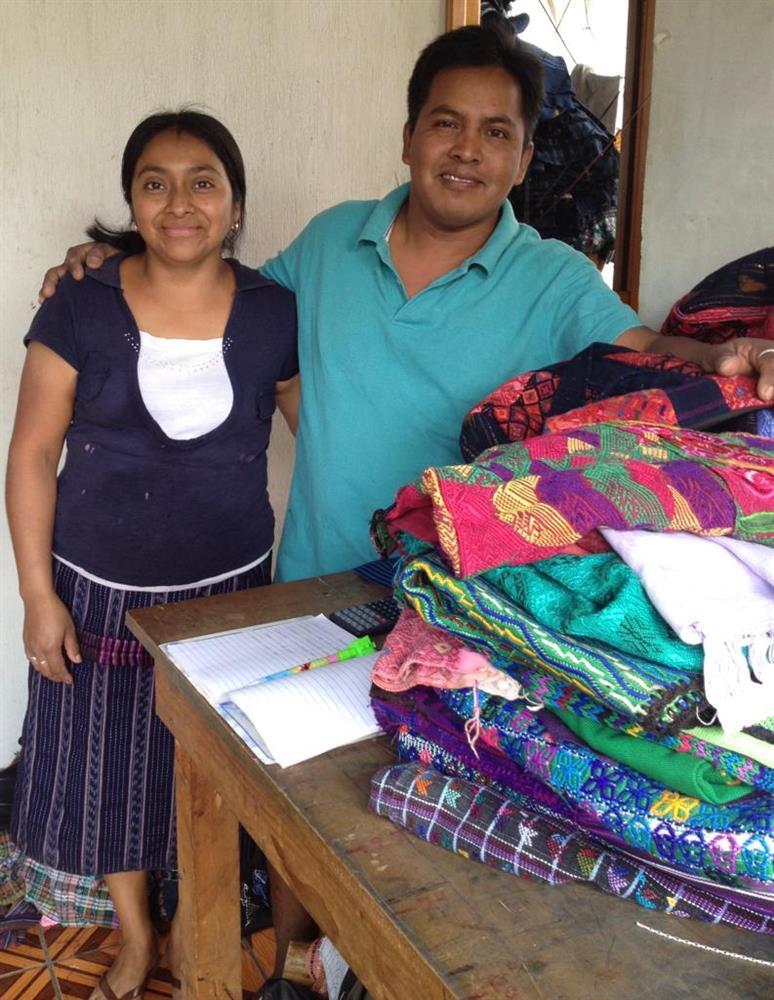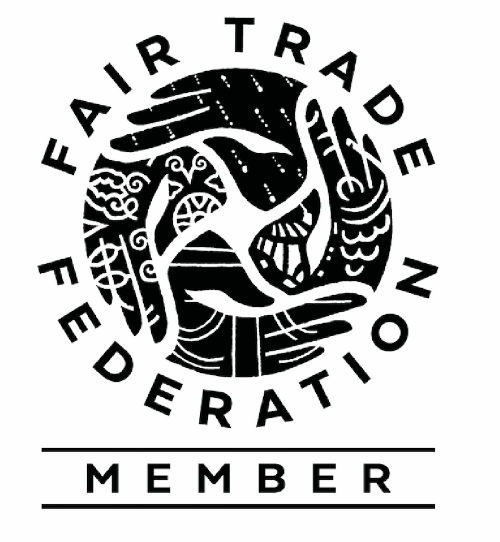I always carry a coin purse in my hiking bag. Inside the small zippered pouch, I store some cash, my lip balm, tissues, band-aids, and bubblegum. I find it easier and more pleasant locating the coin purse, than rummaging for a single band-aid, for example, among the flotsam that inevitably fills up the space inside a pack.
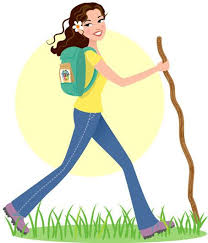
It turns out humans have found small pouches handy for centuries.
A glacier mummy (presumably 5,000 years old), discovered in 1991, had a small purse attached to his hip, containing knives, flint, and bits of food! In ancient Greece and Rome, simple drawstring leather purses were commonly attached to people’s belts or hidden in the folds of their clothes, in which they carried jewels, coins, or paper notes.
Once paper bills also counted as currency, wallets became the primary mode of carrying purchase power, as it still does today. But in my experience, a small pouch, with my essentials within easy reach, is still indispensable when I hit the streets or the trails.
Unique Batik offers a wide selection of coin purses: sewn from fabric or beads delicately woven into luxurious pouches. Catalina Felipe, from San Jorge la Laguna in Guatemala, is one of the artisans whose retro-style beaded purses are available to purchase here.
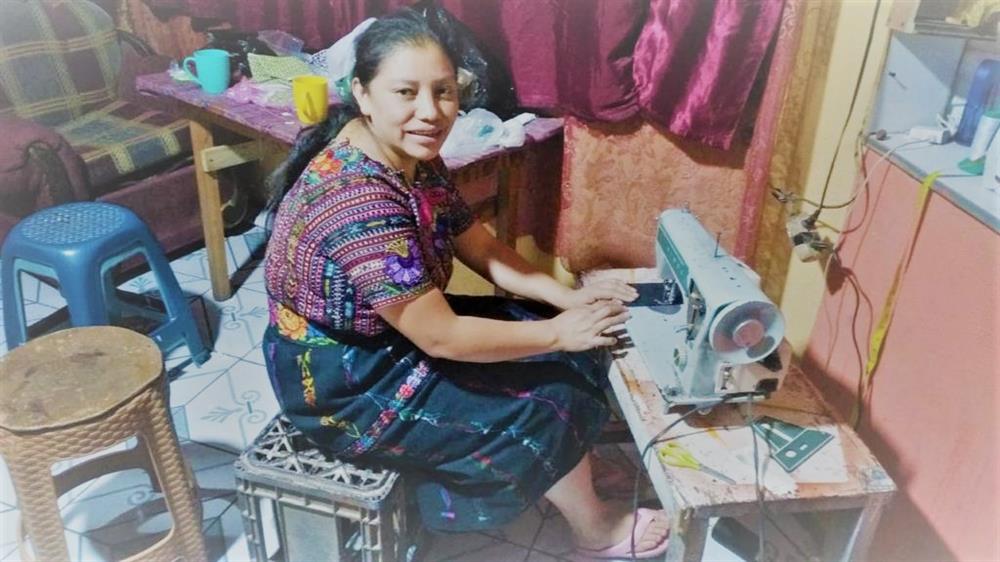
As it is the case with most artists, Catalina is barely getting by with the income her art generates. Sales are sporadic, and the market is frequently saturated with similar items. However, unlike many artists elsewhere, she does not have the option of earning extras by bussing tables or serving coffee. Apart from her husband’s salary as a welder, the ten-strong household subsists on the sales of her crafts and the periodic employment of her teenage sons as day laborers. They all live happily in a two-room house in this village of closely constructed buildings. She counts her family as precious blessings, but she wishes they had more space, specifically for planting a vegetable garden.
I wonder what Catalina’s coin purse holds?
How about filling hers today by ordering yours here? (They make perfect stocking stuffers, by the way.)
